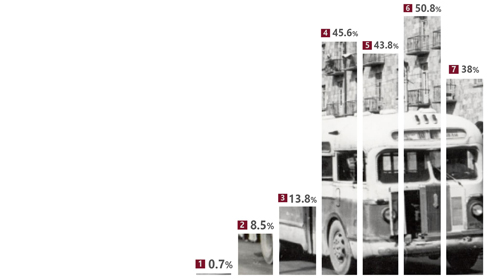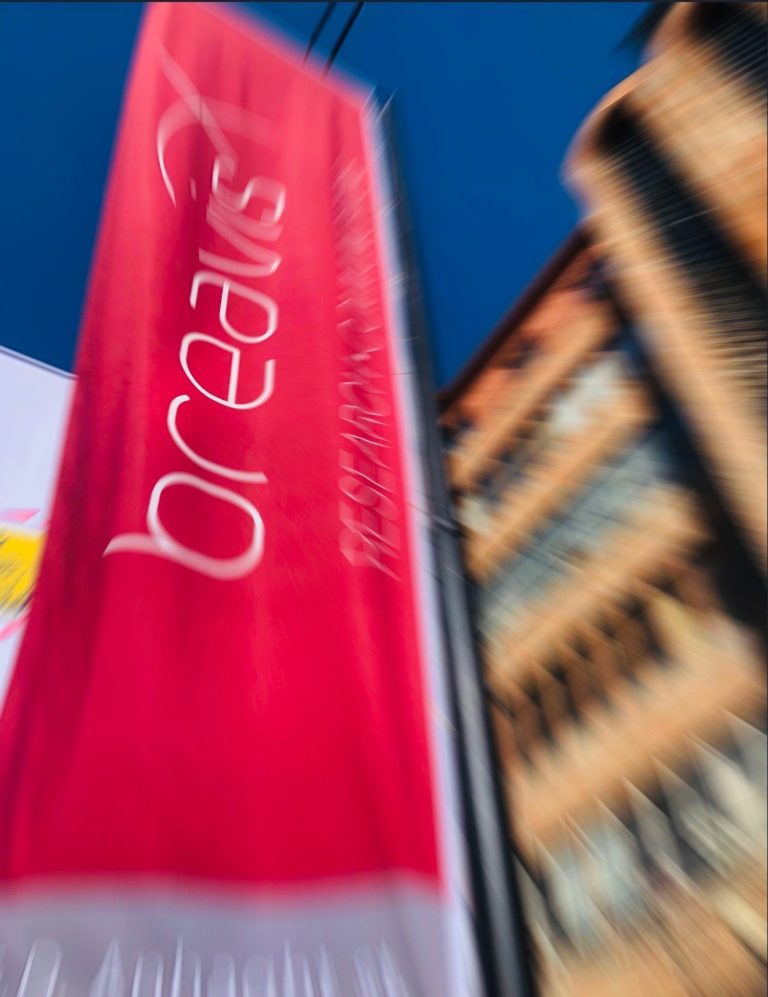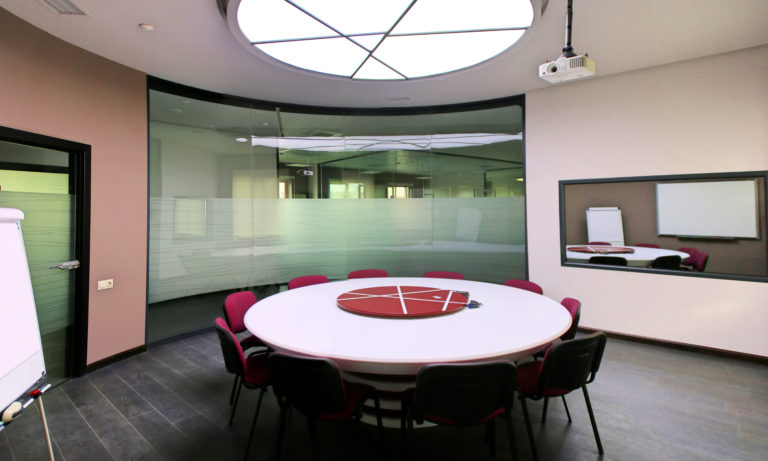Safety is one of the crucial indicators defining the quality of life. A city may possess green recreational spaces, a well-established public transportation system, lucrative employment opportunities, and a vibrant cultural scene. However, the residents will not be happy if their lives, health, and property remain at risk.
What does safety mean from the perspective of the city’s residents? How can we determine whether living in a particular city is safe or not – considering both objective indicators and the perceptions of its residents?
According to some urbanists, cities can be deemed safe if women can be seen confidently walking alone on the streets at night. While this oversimplifies a complex issue, it does capture several important safety factors. When a woman feels safe walking alone, it signifies not only a low crime rate but also the existence of infrastructure, such as adequate lighting, designed for nighttime pedestrian activity. Furthermore, the desire to walk after dark is inversely proportional to the presence of dangerous stray dogs and directly proportional to the level of street activity and liveliness.
It turns out that only 8% of Yerevan residents feel unsafe when walking during evening hours*. At that, 10% of women consider this activity dangerous, which indicates that the absolute majority of Yerevan residents believe that walking in the dark hours is safe. In particular, the residents of Nor Nork and Ajapnyak consider evening walks safe.
Contrary to this, Shengavit, Davtashen and Avan are the administrative districts the residents of which consider evening walks relatively dangerous. In these specific districts, a higher number of individuals express concerns about inadequate night lighting and the presence of dangerous stray dogs. Naturally, these factors negatively affect the overall sense of safety, but it wouldn’t be right to attribute the differences in residents’ responses among administrative districts to these factors alone.
*Nubarashen and Nork Marash data are not representative due to significant margin of error.
Certainly, the perception of security is influenced by multiple factors. The city cannot be deemed safe based solely on the perception of safety for walking in the evening hours. We encounter various risks in our daily lives, such as using public transportation, crossing streets, or even grabbing a quick shawarma from a street vendor. However, we usually take these risks knowingly, as we have alternative options available.
In our recent survey*, we inquired about the sense of safety among Yerevan residents in different situations.The results revealed that elevators were considered the most dangerous, particularly for the elderly and individuals with limited mobility who lack viable alternatives. 61% of city residents do not feel safe in elevators.
It is interesting to note that elevators are widely recognized as one of the safest modes of transportation worldwide. Despite their extensive daily usage by countless individuals in large cities, elevator-related accidents are exceedingly rare.
*The “Yerevan, Yerevan residents and problems” survey is carried out every year among the adult population of Yerevan. The multi-stage quota sample for 2020 included 1,218 respondents. The research was conducted via telephone surveys (CATI) between July 17 and 23, with a 95% confidence interval of and a margin of error of Δ=±2.45%.



